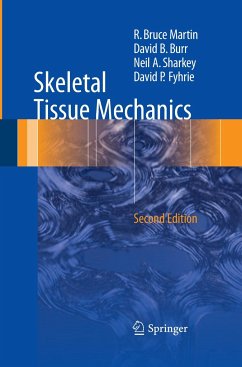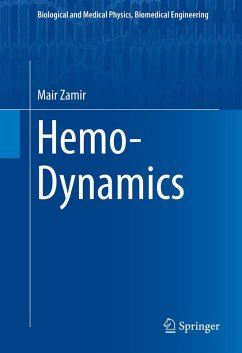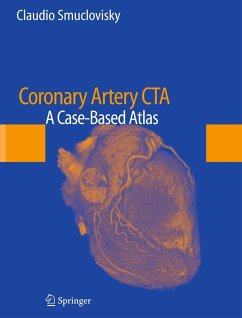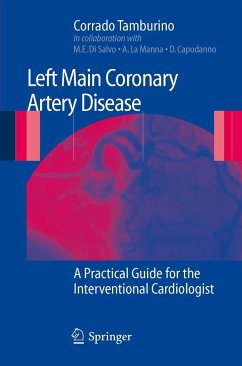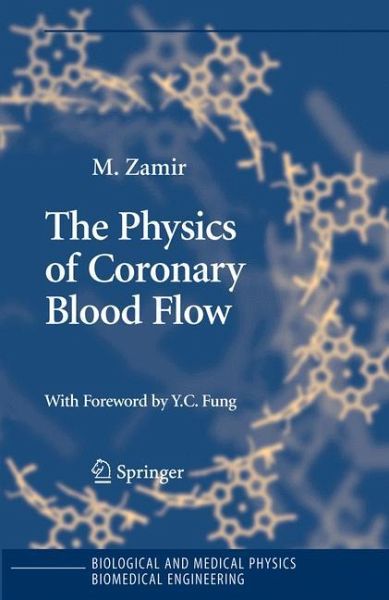
The Physics of Coronary Blood Flow
Versandkostenfrei!
Versandfertig in 1-2 Wochen
112,99 €
inkl. MwSt.
Weitere Ausgaben:

PAYBACK Punkte
56 °P sammeln!
This book is devoted to the dynamics and physics of coronary blood flow. While it recognizes the range of clinical and pathophysiological issues involved, the book focuses on dynamics and physics, approaching the subject from a biomedical engineering viewpoint. With this approach, the book will complement other books on the subject that have so far focused largely on clinical and pathophysiological issues.
The author, originally trained in fluid dynamics, has been teaching and working on the dynamics of blood flow in general and coronary blood flow in particular for the past thirty years and has produced a book that will appeal to physicians, physicists and engineers.
The author, originally trained in fluid dynamics, has been teaching and working on the dynamics of blood flow in general and coronary blood flow in particular for the past thirty years and has produced a book that will appeal to physicians, physicists and engineers.
The fields of biological and medical physics and biomedical engineering are broad, multidisciplinary and dyanmic. They lie at the crossroads of frontier - search in physics, biology, chemistry, and medicine. The Biological & Me- cal Physics/Biomedical Engineering Series is intended to be comprehensive, covering a broad range of topics important to the study of the physical, che- cal and biological sciences. Its goal is to provide scientists and engineers with textbooks, monographs, and reference works to address the growing need for information. Books in the series emphasize established and emergent areas of science - cluding molecular, membrane, and mathematical biophysics; photosynthetic - ergy harvesting and conversion; information processing; physical principles of genetics; sensory communications; automata networks, neural networks, and cellular automata. Equally important will be coverage of applied aspects of b- logical and medical physics and biomedical engineering such as molecular el- tronic components and devices, biosensors, medicine, imaging, physical prin- ples of renewable energy production, advanced prostheses, and environmental control and engineering. Elias Greenbaum Oak Ridge, TN M. Zamir Department of Applied Mathematics University of Western Ontario London, Ontario, N6A 5B7 CANADA zamir@uwo.ca Library of Congress Cataloging-in-Publication Data Zamir, M. (Mair) The physics of coronary blood flow / M. Zamir. p. cm. - (Biological and medical physics, biomedical engineering) Includes bibliographical references and index. 1. Coronary circulation. 2. Hemodynamics. 3. Blood flow. I. Title. II. Series. QP108.Z36 2005 612.1?7-dc22 2005042502 ISBN-10: 0-387-25297-5 e-ISBN: 0-387-26019-6 Printed on acid-free paper.








